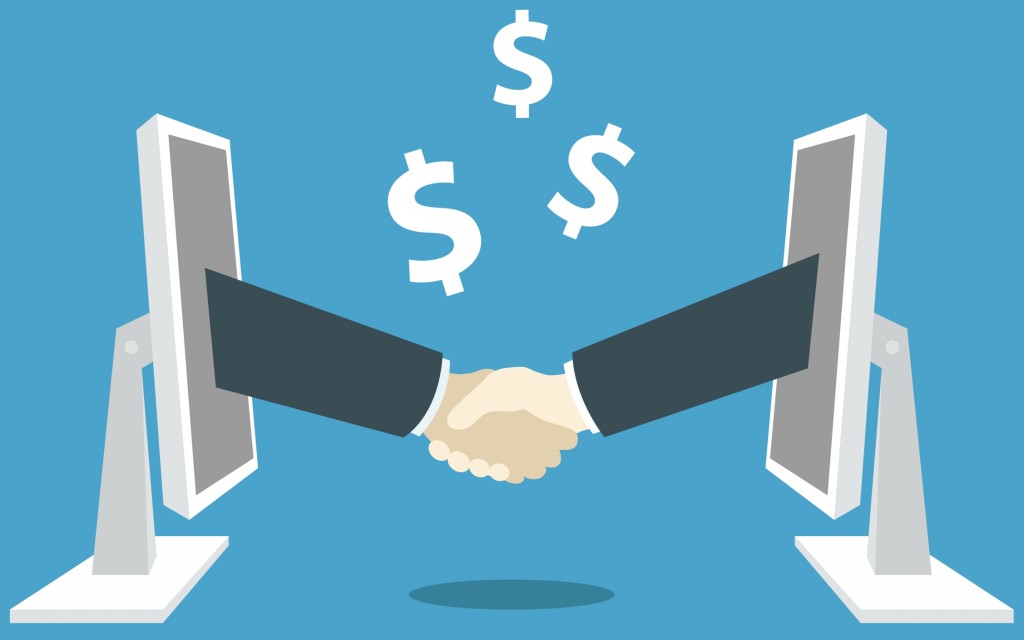Big data has changed the way most businesses think and work. Instead of looking at only sales numbers as both measure and forecast for performance we can now go in deeper by using analytics. New tools and methods allow retailers to get a whole new perspective and gain consumer insights not seen before. The possibilities to use consumer data it implied some drastic changes by embedding these new insights to boost sales and creating smarter merchants at the same time. (McKinsey, 2017).
However, can retailers also go too far by means of tracking your spending’s on their products? Is there a line that can be crossed? It certainly felt as if Target went one step too far in 2014 when they started to send a teenage girl coupons of maternity products while she and her parents didn’t even know she was expecting yet. (Hill, 2012)
Target developed a special pregnancy score. By looking at your spending pattern and the kind of products bought an algorithm would calculate a score indicating whether you are pregnant or not. If this was the case, Target could send you personalized coupons with products for pregnancy. (Hill, 2012)
Sending personalized offers is nothing new in the industry, with customer loyalty cards it has become relatively easy to collect consumer data and track spending and product preference. However, Target is not the only supermarket that has been struggling with finding the right balance between the use customer data and the related privacy issues. Tesco was ‘the best practice’ in the retail industry, Tesco was digital when it wasn’t even cool yet. They were far beyond their competition by using analytics and data in their advertising and marketing offers.(Schrage, 2014) Yet, Tesco showed that having a focus on data can also lead to a steep downfall. Because in the end a competitive price and a simpler shopping experience are worth more in the retail environment than gaining insights and having a good loyalty promotion. (Schrage, 2014)
So how bright does the future of retail and analytics looks like? Even though Tesco was brought to a downfall by having a very strong focus on analytics, it does not imply that other retailers will stop using it. However, from bought retailers an important lesson can be learned. You should never forget how to create a competitive advantage in the retail industry and understand why your customers are your customers. (McKinsey, 2017)If data analytics helps to get a better understanding or to lock them in by using loyalty program, this is great idea. However, do not forget the importance of distinguishing your selves from other retailers if you cannot compete on price only. (McKinsey, 2017)Because after all, most people find price the most important factor when doing their groceries.
Sources
Hill, K. 2012. How Target Figured Out A Teen Girl Was Pregnant Before Her Father Did. [Online] available at: https://www.forbes.com/sites/kashmirhill/2012/02/16/how-target-figured-out-a-teen-girl-was-pregnant-before-her-father-did/#1e5aa7386668 (Accessed: 6/10/2017)
Marr, B. 2010. Big Data: A Game Changer In The Retail Sector [online] available at: https://www.forbes.com/sites/unicefusa/2017/10/13/when-the-hurricanes-hit-unicef-and-google-joined-forces-to-help/#9d1a2ba3b6b3 (Accessed: 18/10/2017)
McKsinsey. 2017 How Leading Retailers Turn Insights Into profits [online] Available at:https://www.mckinsey.com/business-functions/marketing-and-sales/our-insights/how-leading-retailers-turn-insights-into-profits (Accessed: 14/10/2017)
Schrage, M. 2014: Tesco’s Downfall Is a Warning to Data-Driven Retailers. [online] Available at: https://hbr.org/2014/10/tescos-downfall-is-a-warning-to-data-driven-retailers (Accessed: 15/10/2017)


